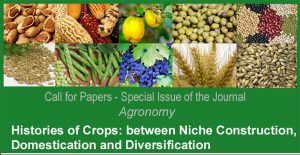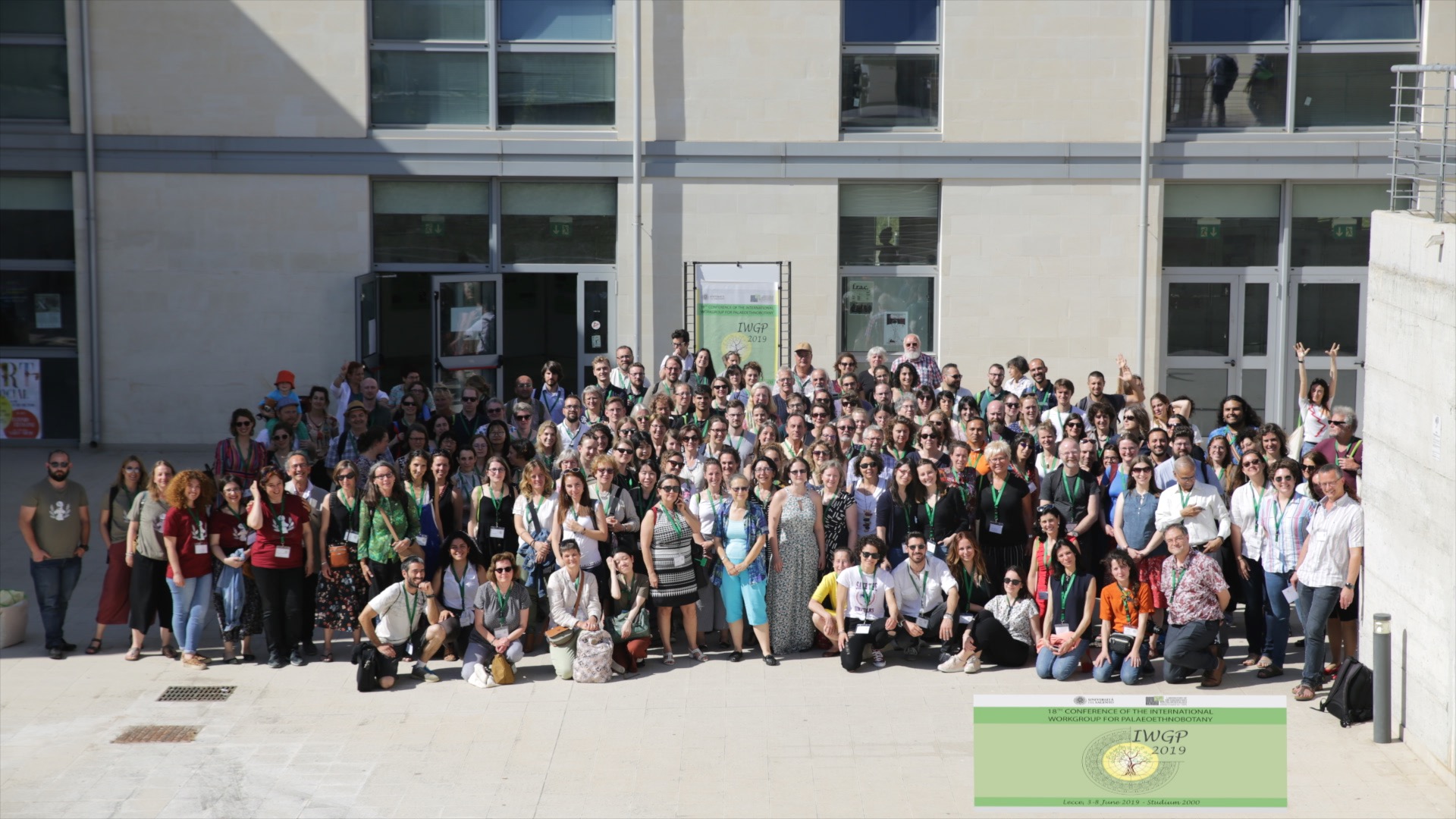Problems identifying legumes in archaeological sites?
Attend the Legume Laboratory at the
18th International WorkGroup of Palaeoethnobotany Conference

experts will discuss the most advanced techniques to study legumes collected from archaeological sites.
The scope of the laboratory is to extend the knowledge about the identification of legumes, with theoretical and practical approaches for the study of their anatomical features.
Morphological characteristics used by archaeobotanists to identify legumes are rarely illustrated or described. The earliest attempt to provide criteria for the identification of legumes from archaeological sites was that of Butler, in the early 2000’s, who studies pods and, later, seeds testa (Butler 2002, 2014).
Among the most detailed study is that carried out by Fuller and Harvey who listed the criteria for the identification of archaeological seeds of Indian native legumes (Fuller &
Harvey 2006). Around the same time, Tanno and Willcox analyzed in detail the anatomy of chickpea and faba bean seeds from a Pre-Pottery Neolithic site in northern Levant (Tanno & Willcox 2006). More recently, Caracuta and colleagues developed criteria for
the identification of wild and domesticated legumes coming from Natufian and Pre-Pottery Neolithic sites in Southern Levant (Caracuta et al. 2016, 2017).
The laboratory session at the 18th IWGP conference is meant to provide archaeobotanists criteria for the identification of legumes coming from different ecological regions.
Modern reference material will be compared to the archaeological samples to assess the effect of degradation on the anatomy of ancient specimens.
Valentina Caracuta, Yoel Melamed will lead this laboratory session
References
Butler, A. (2002). Investigations of pod characters in the Vicieae. Vegetation History and Archaeobotany, 11(1-2), 127-132.
BUTLER, A. (2014). 24 Cryptic anatomical characters as evidence of early cultivation in the grain legumes (pulses). Foraging and Farming: The Evolution of Plant Exploitation, 390.
Fuller, D. Q., & Harvey, E. L. (2006). The archaeobotany of Indian pulses: identification, processing and evidence for cultivation. Environmental Archaeology, 11(2), 219-246.
Tanno, K. I., & Willcox, G. (2006). The origins of cultivation of Cicer arietinum L. and Vicia faba L.: early finds from Tell el-Kerkh, north-west Syria, late 10th millennium BP. Vegetation History and Archaeobotany, 15(3), 197-204.
Caracuta, V., Weinstein-Evron, M., Kaufman, D., Yeshurun, R., Silvent, J., & Boaretto, E. (2016). 14,000-year-old seeds indicate the Levantine origin of the lost progenitor of faba bean. Scientific Reports, 6, 37399.
Caracuta, V., Vardi, J., Paz, Y., & Boaretto, E. (2017). Farming legumes in the pre-pottery Neolithic: New discoveries from the site of Ahihud (Israel). PloS ONE, 12(5), e0177859.









